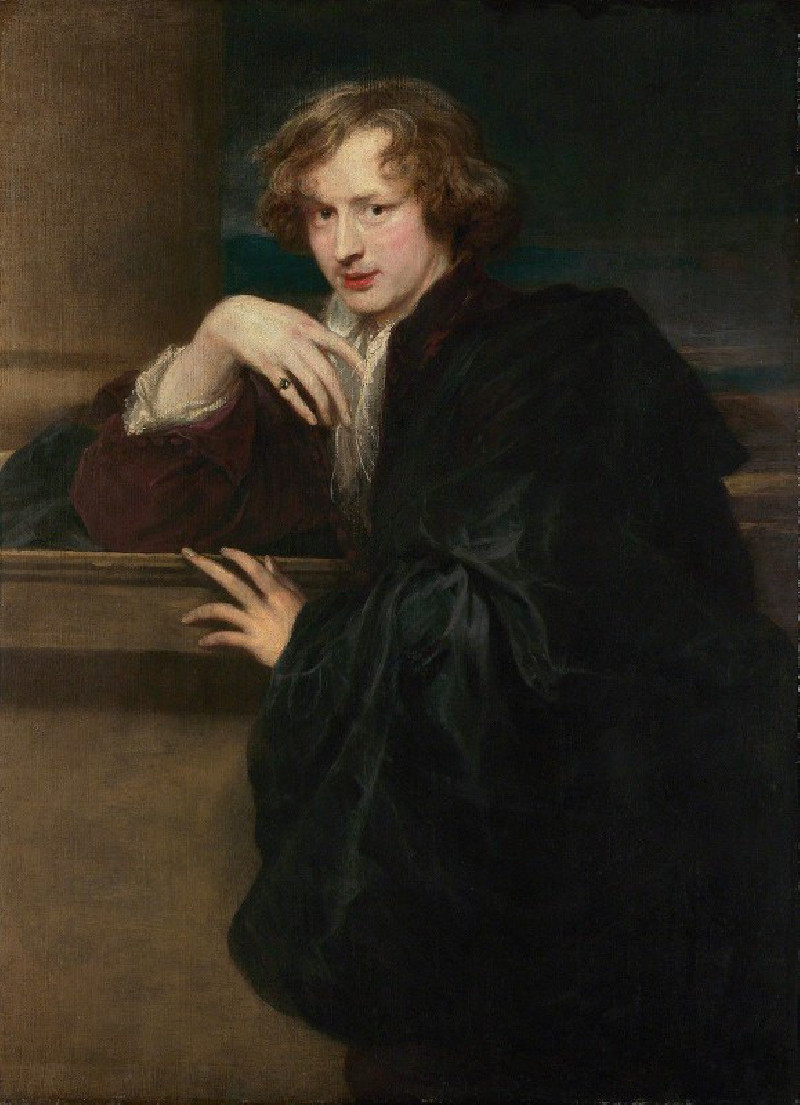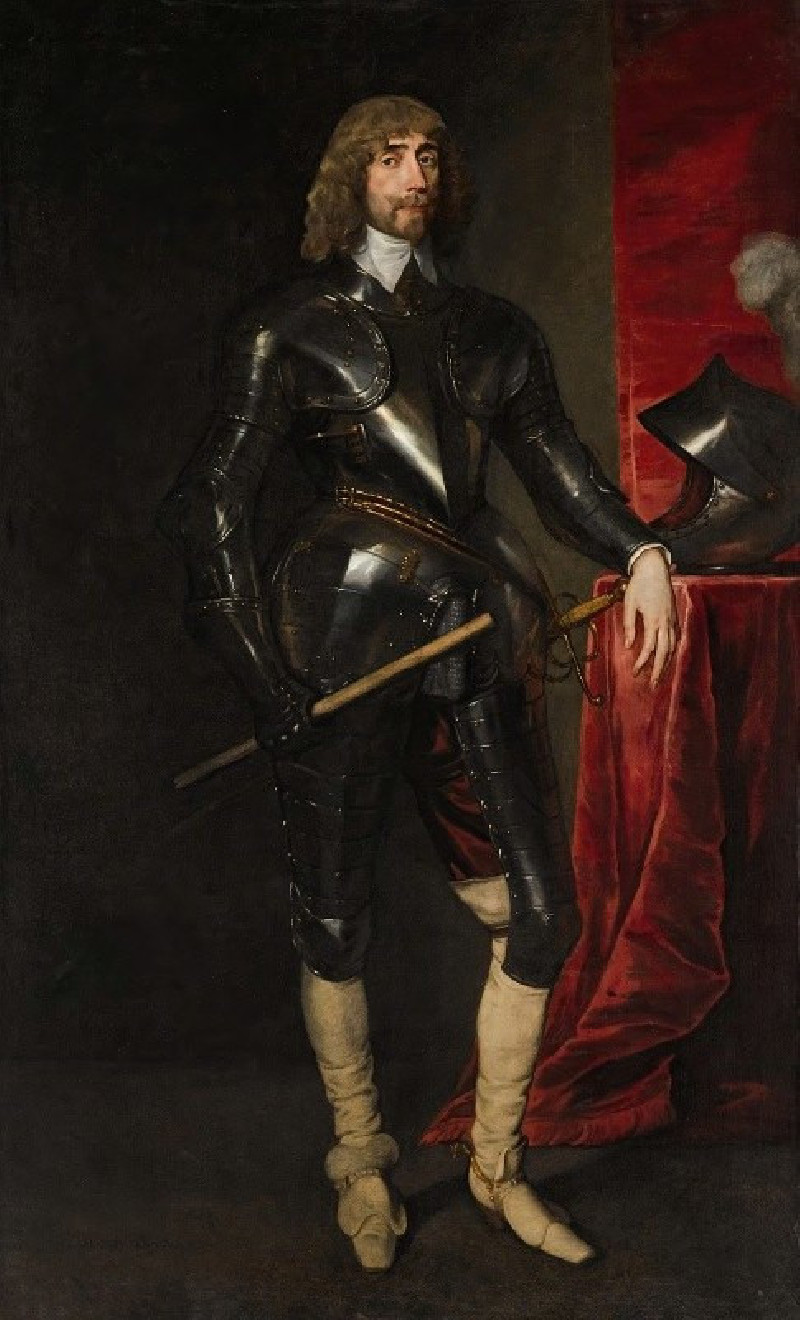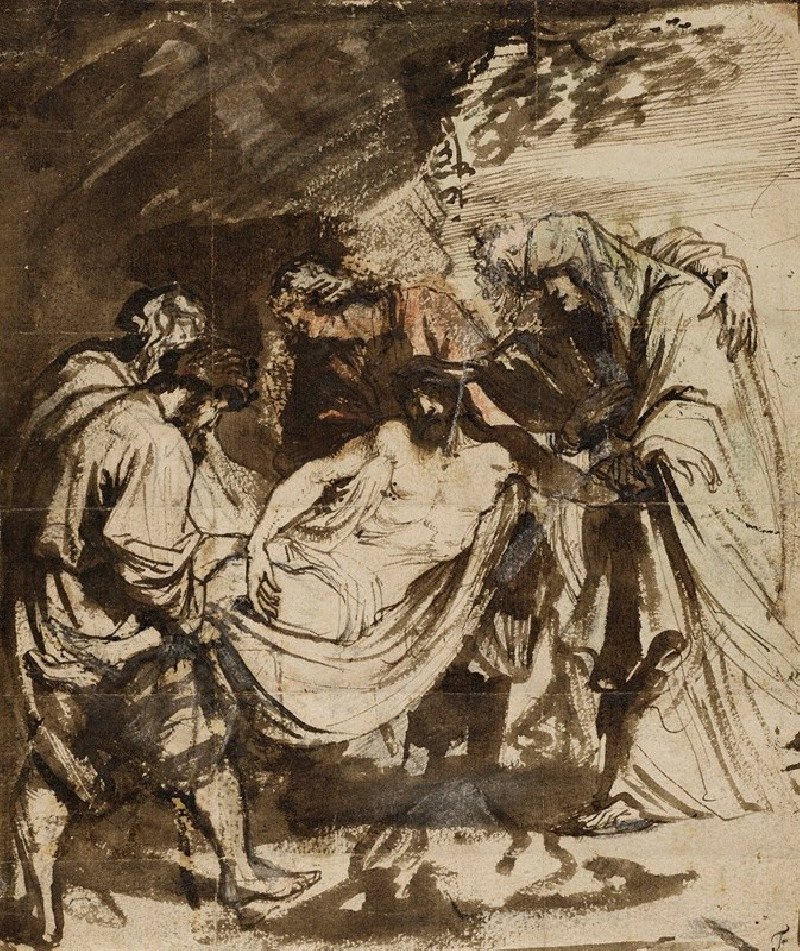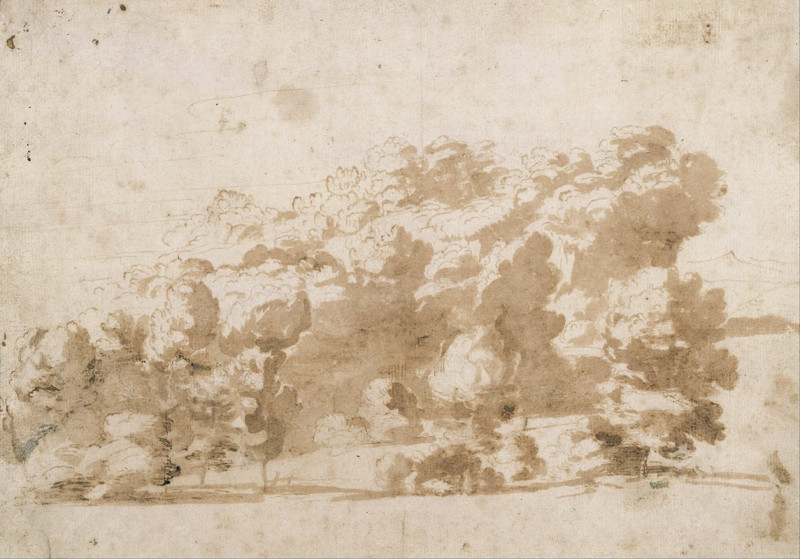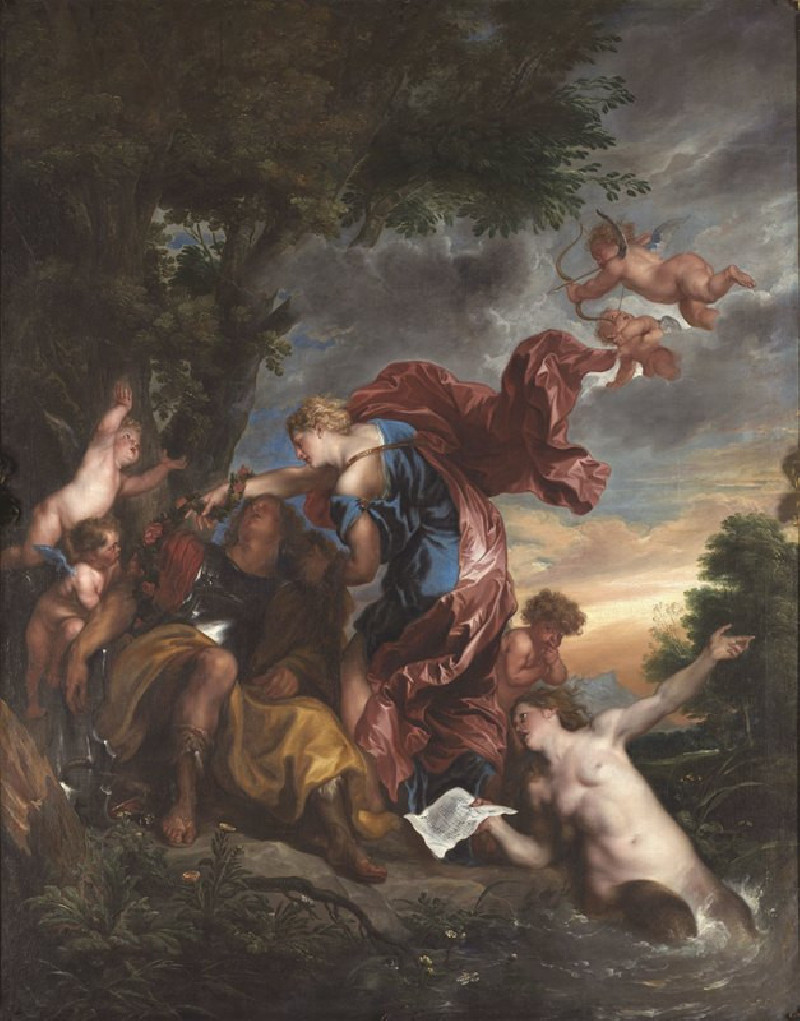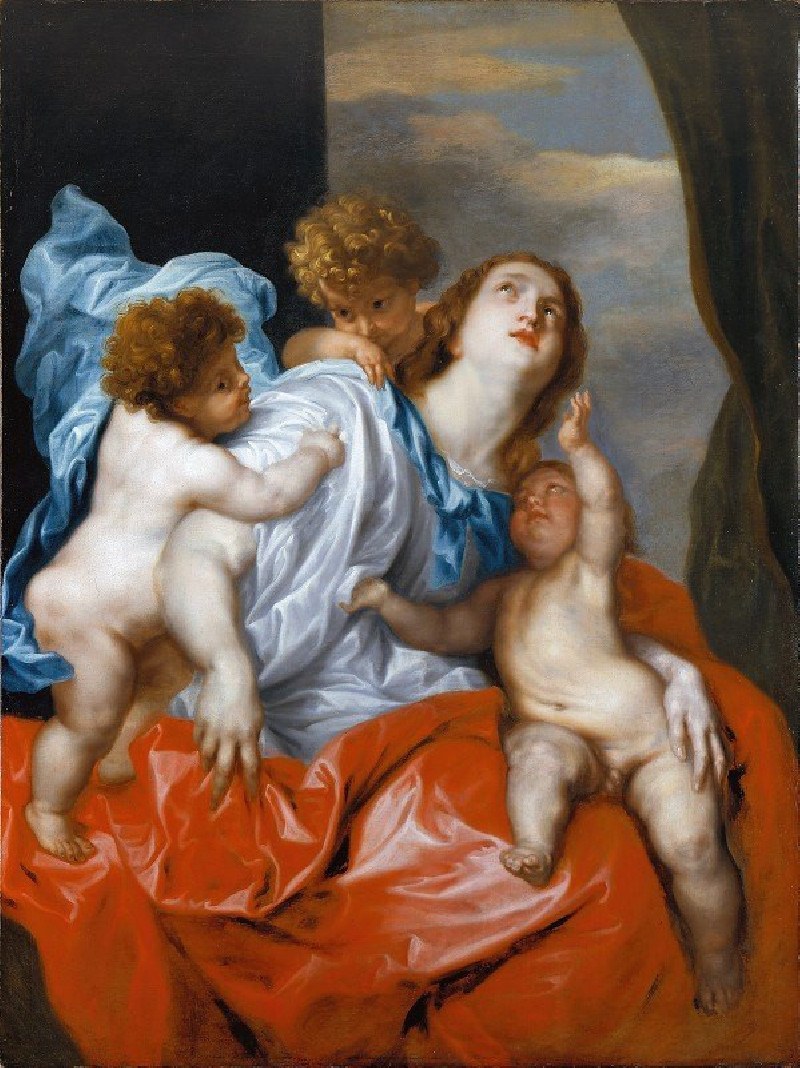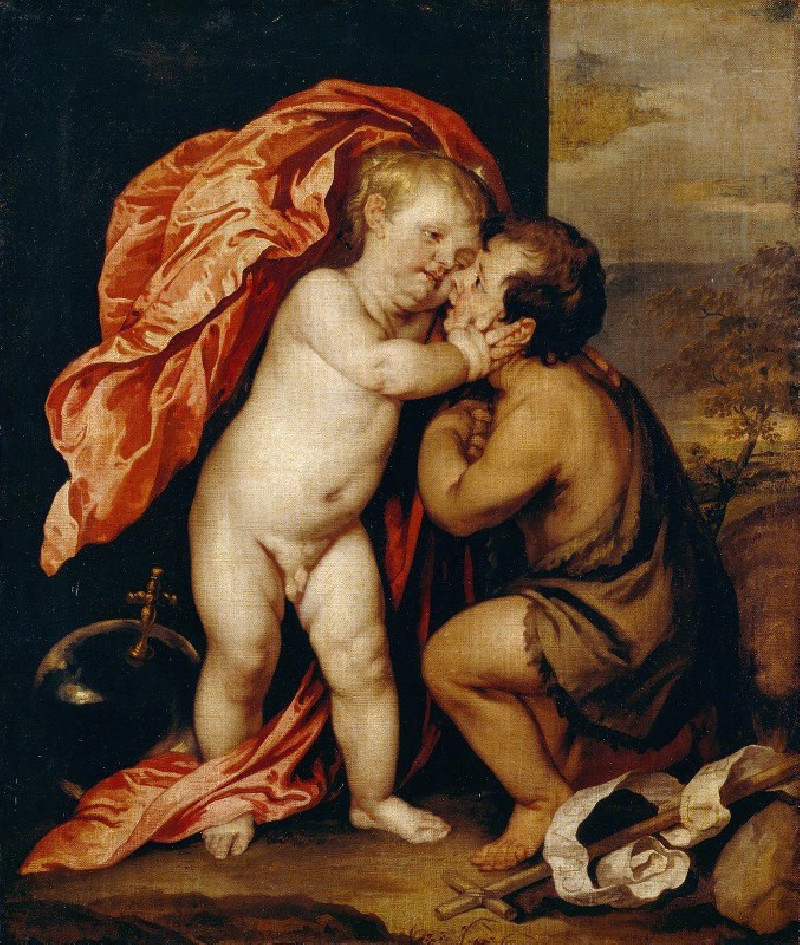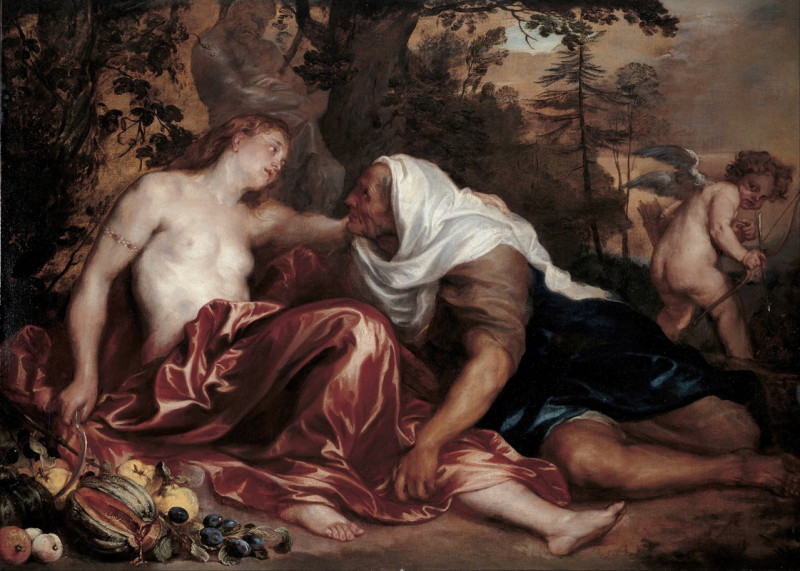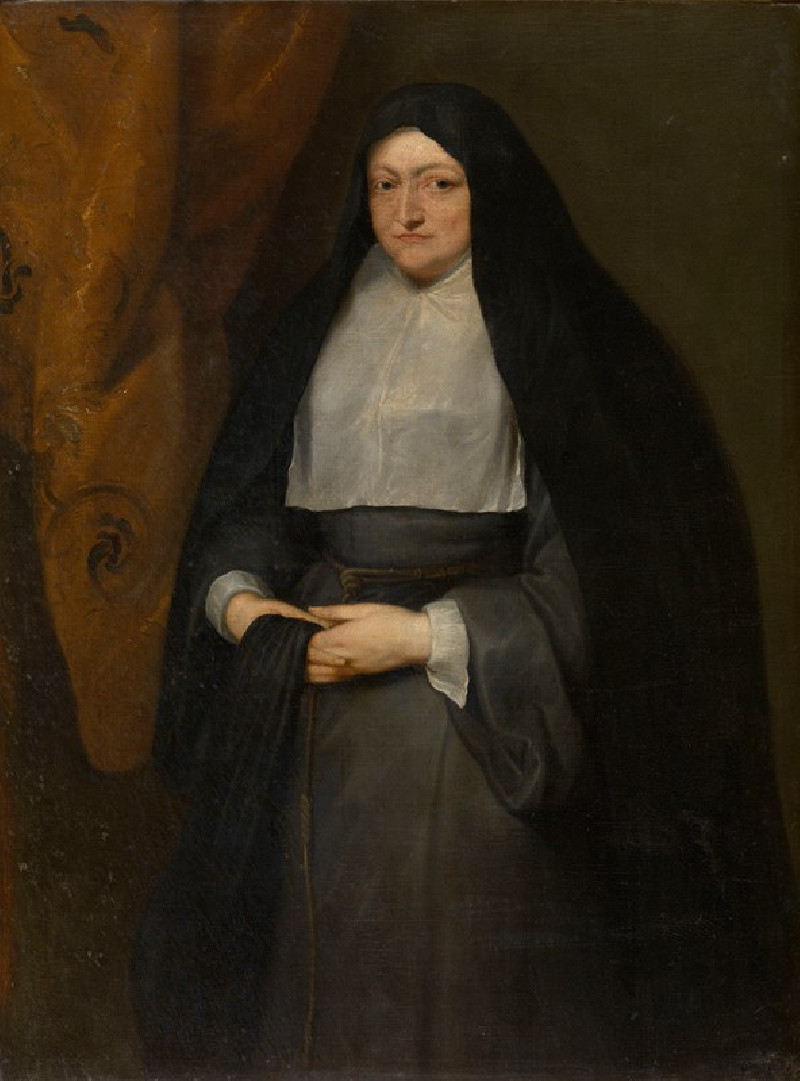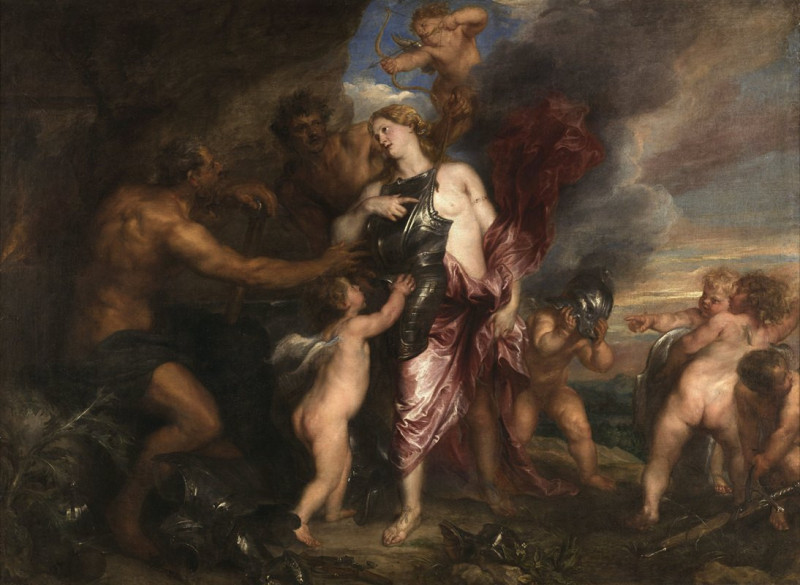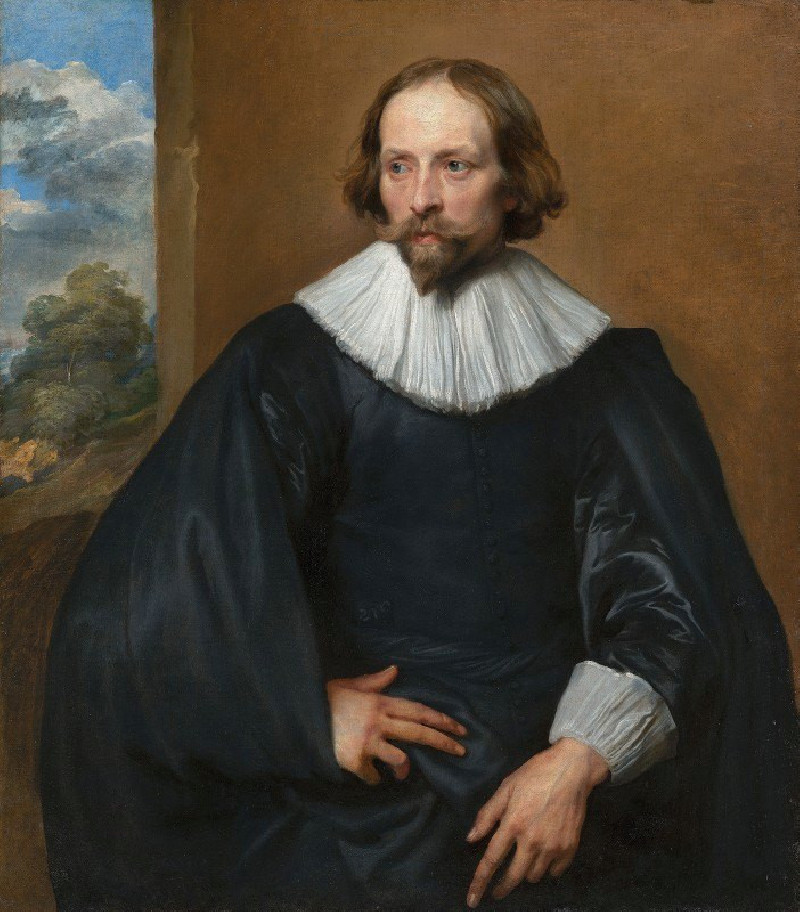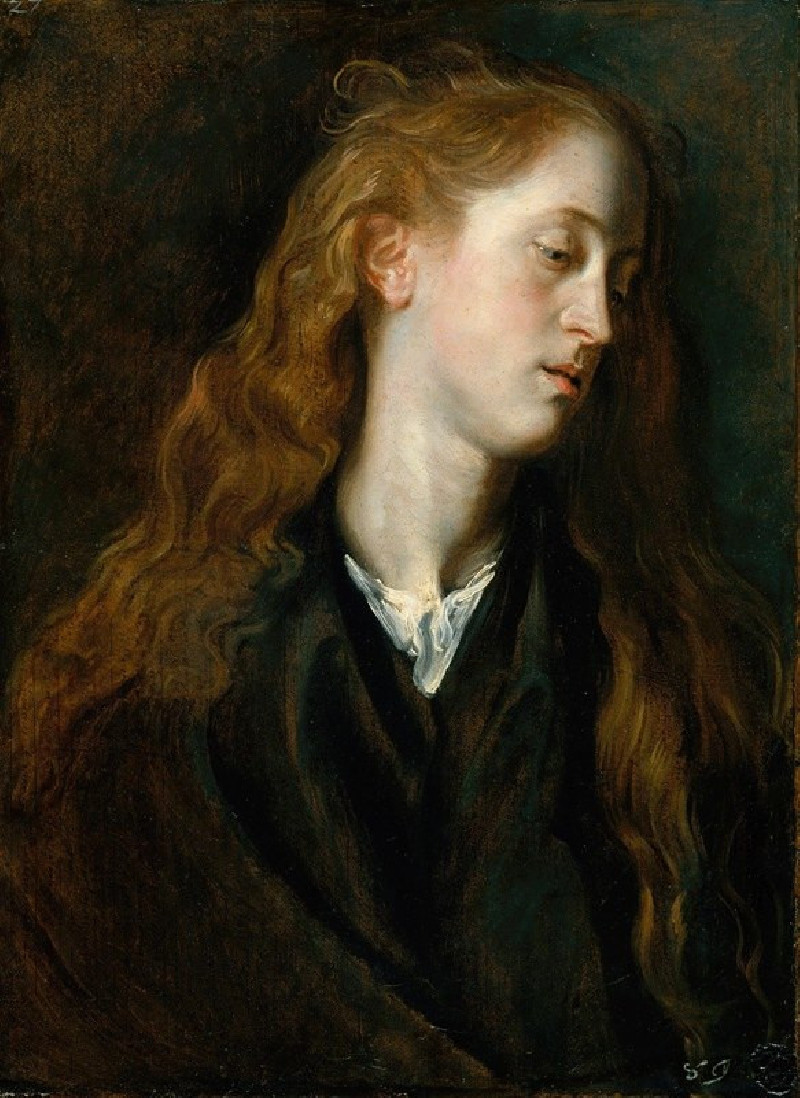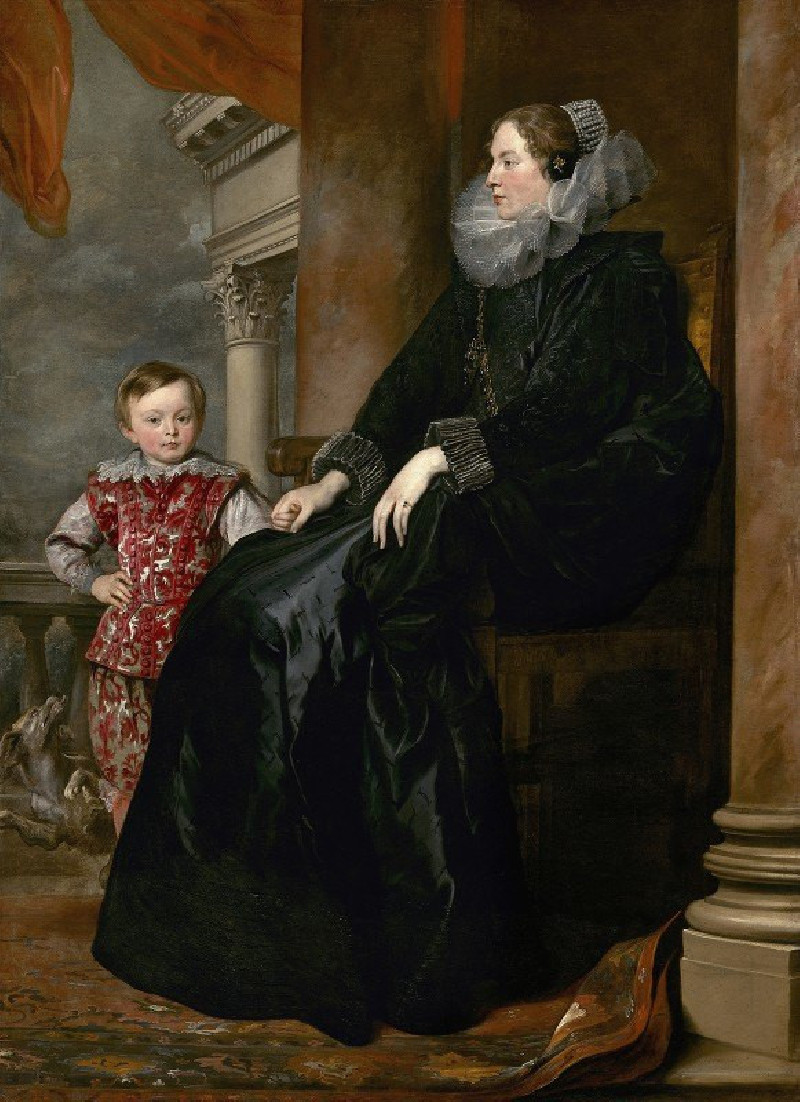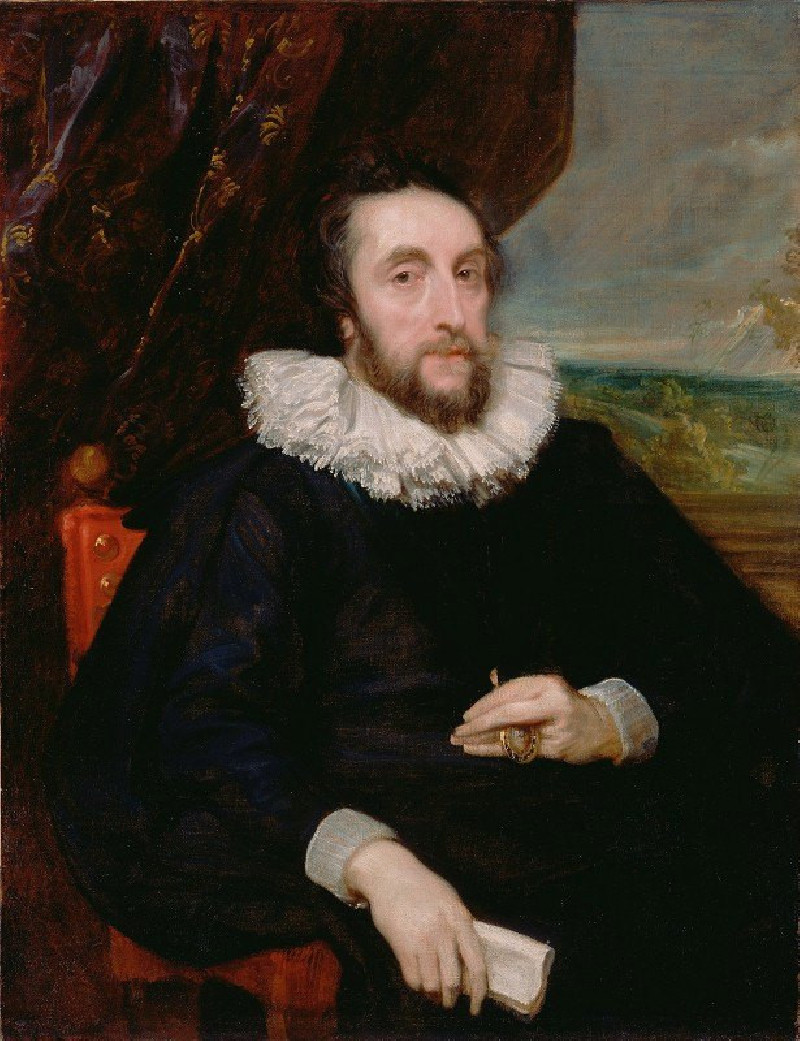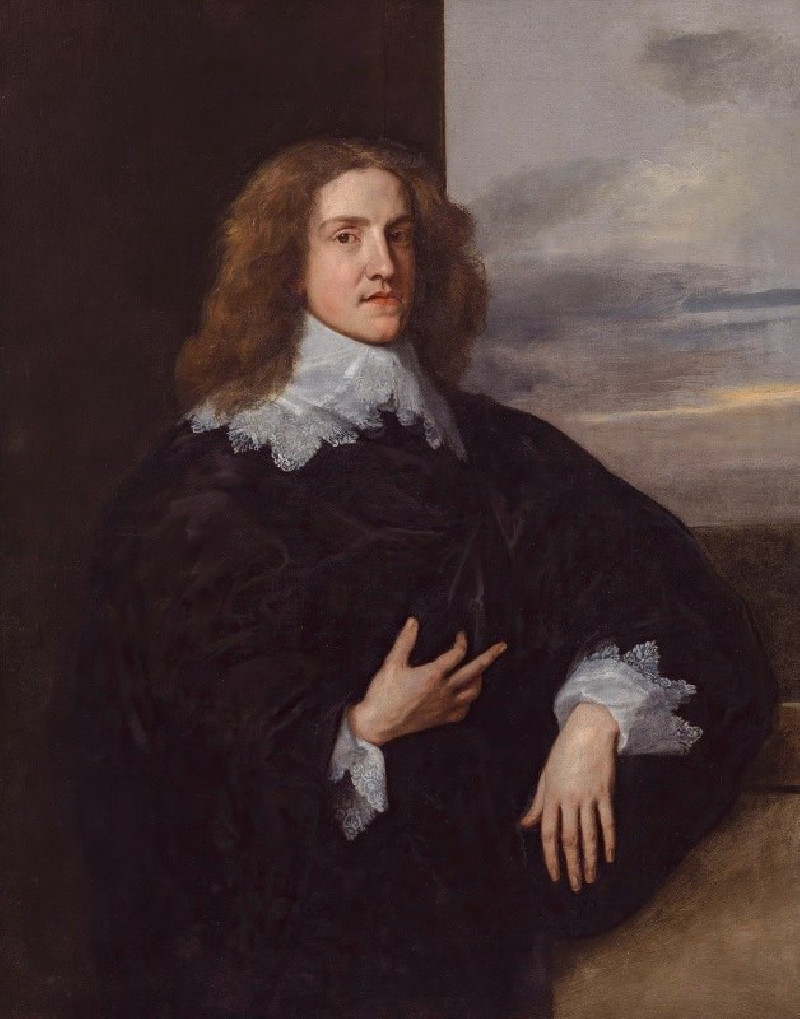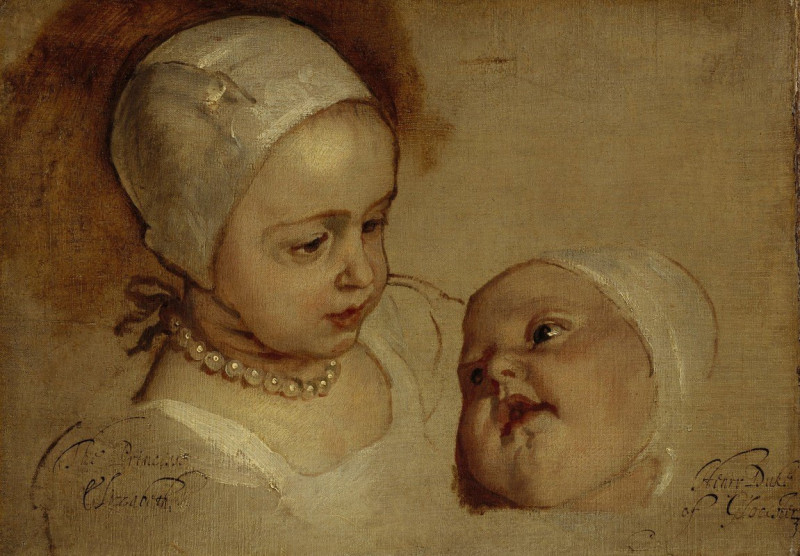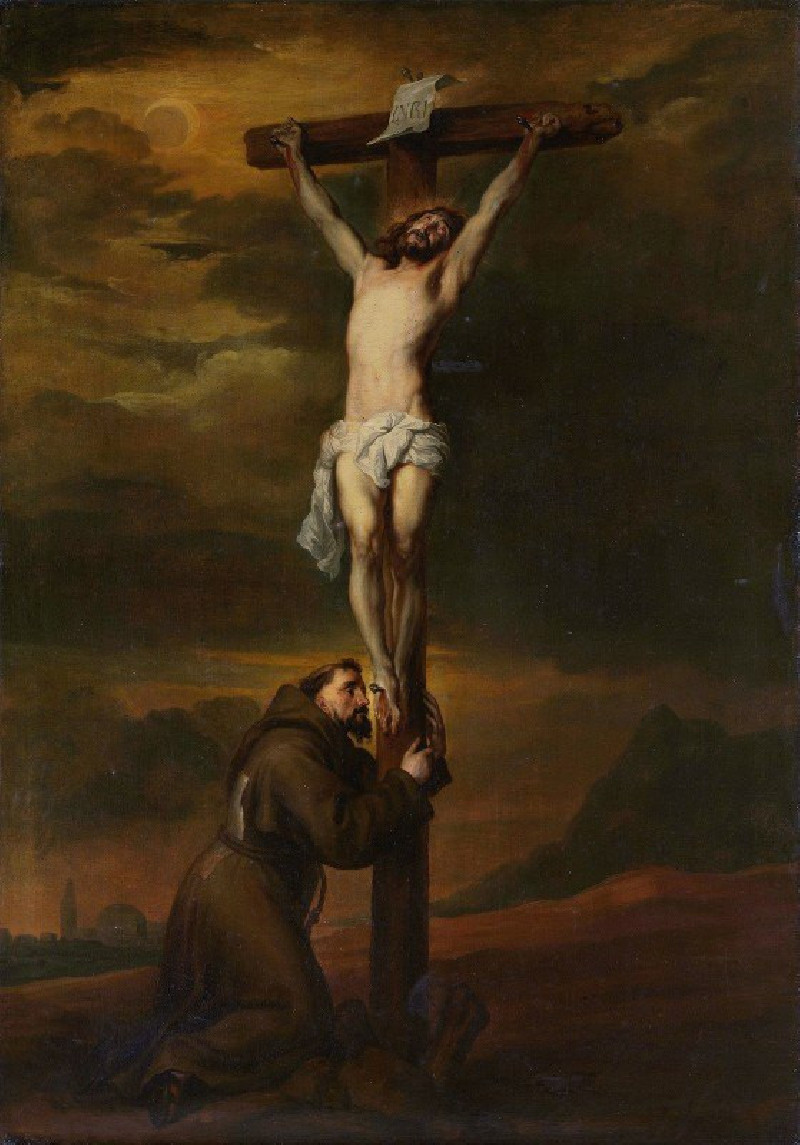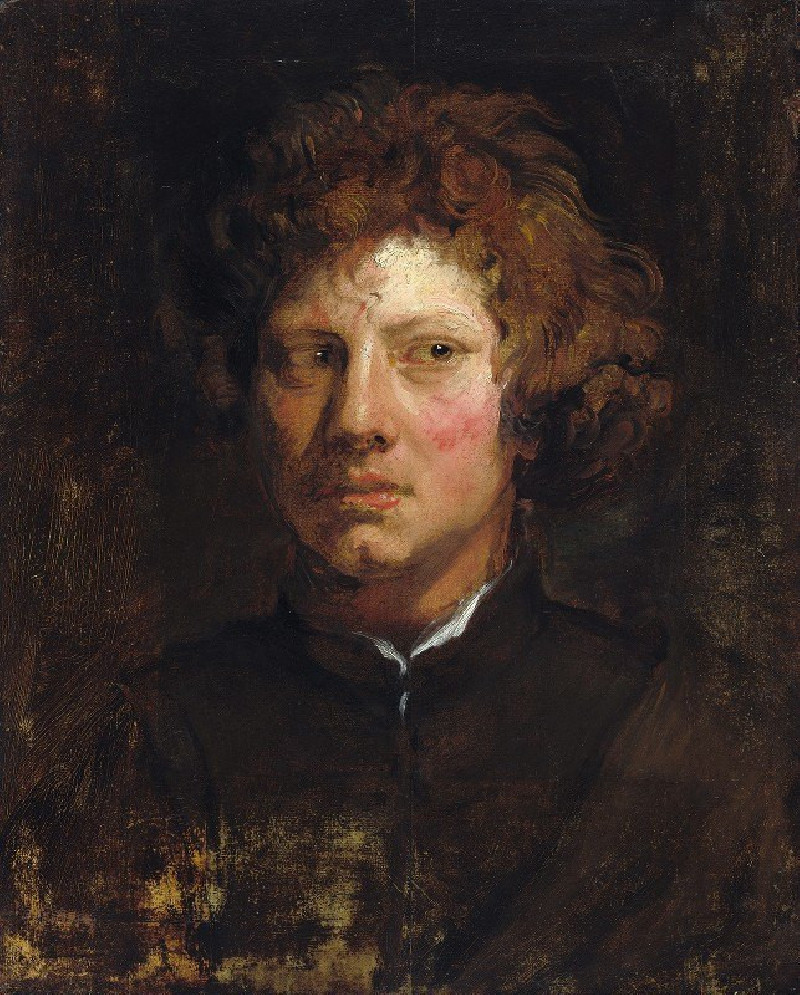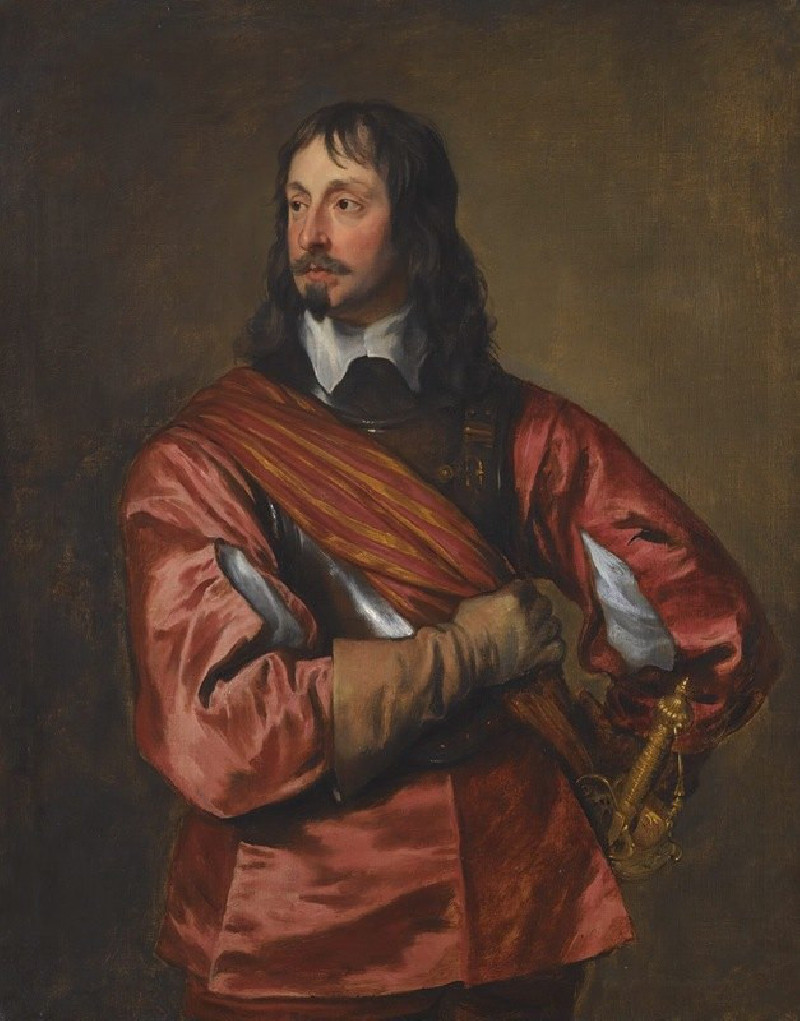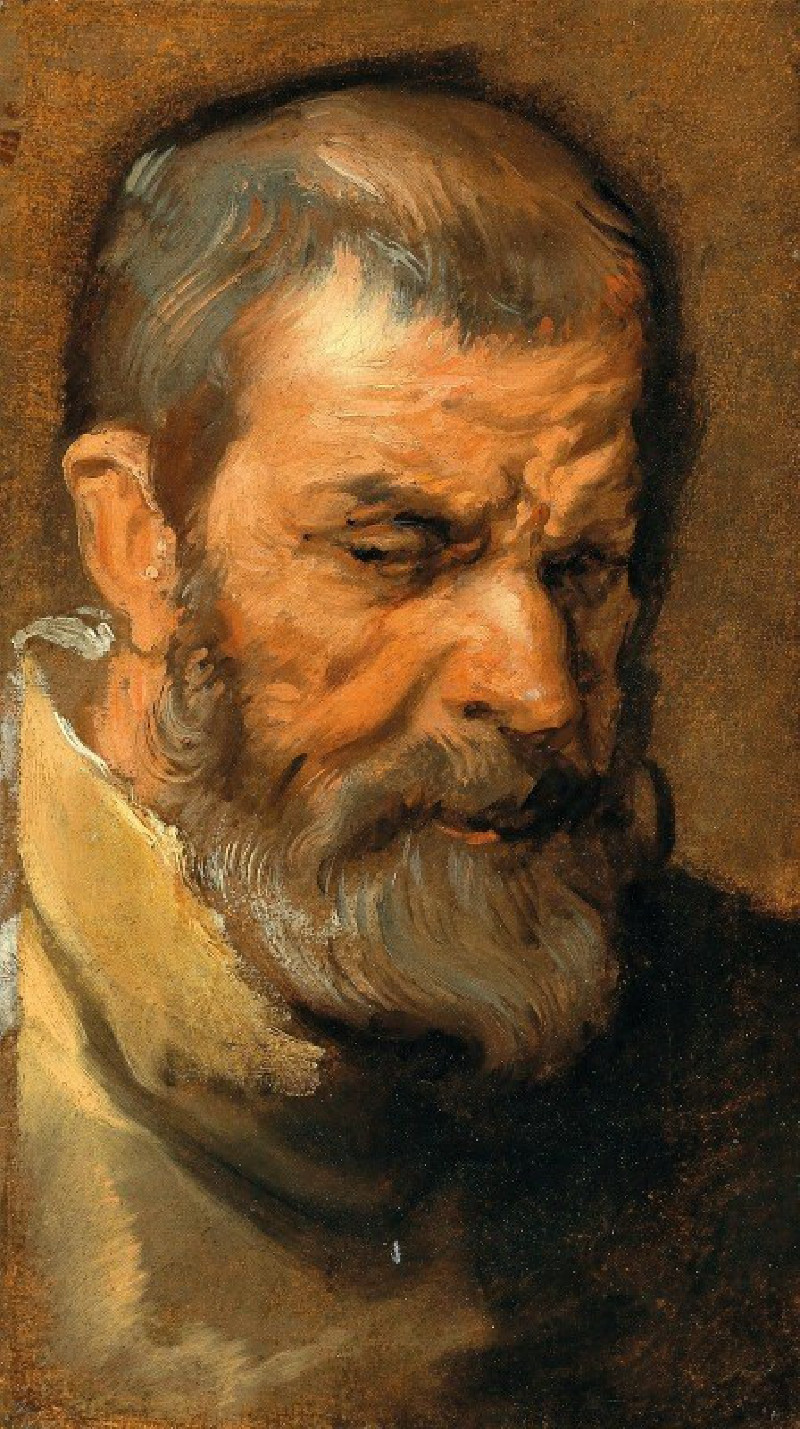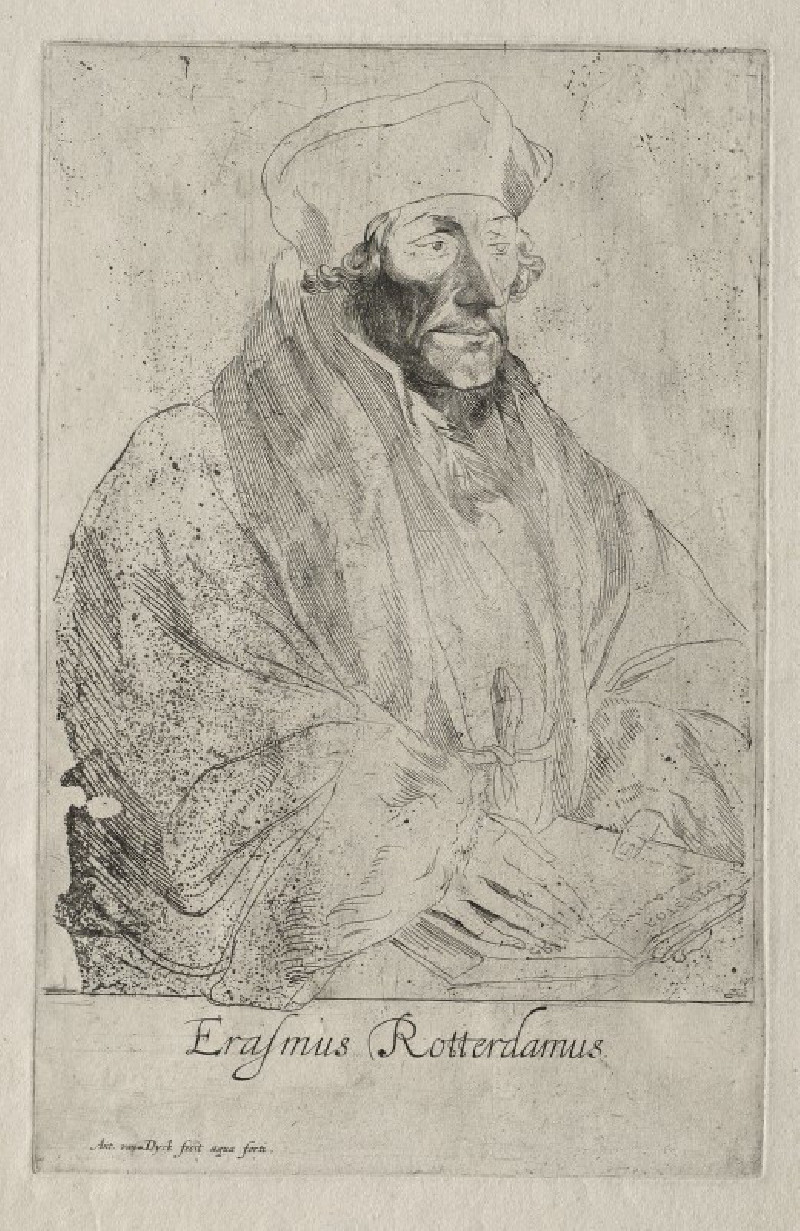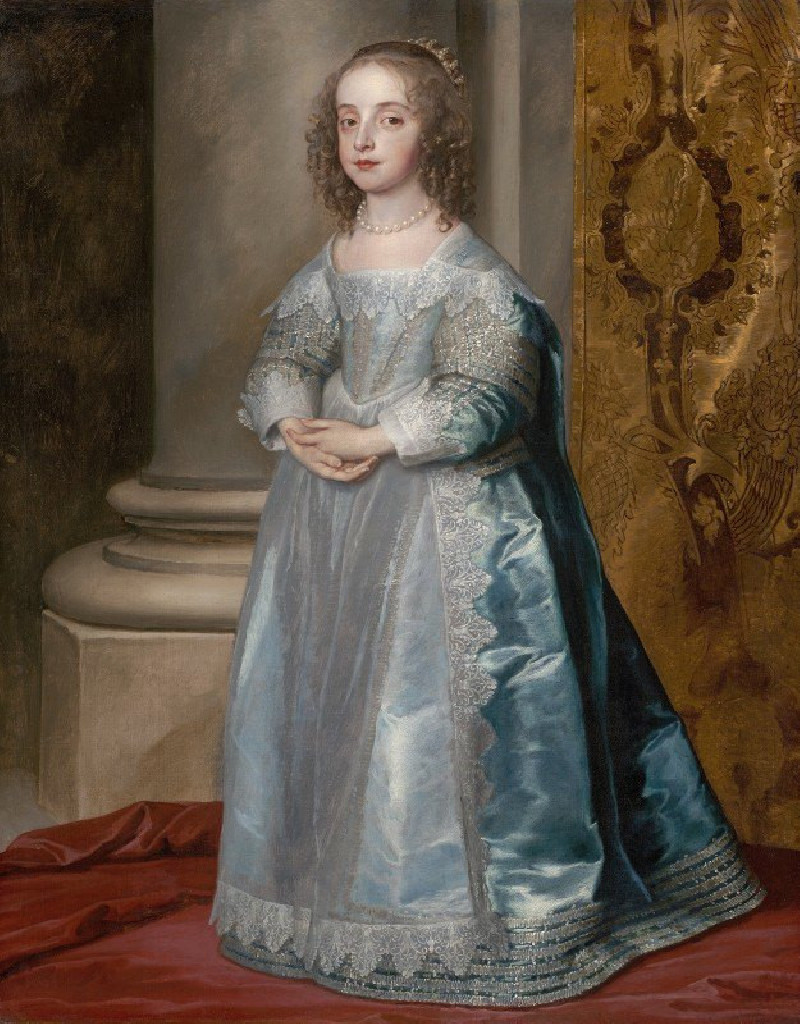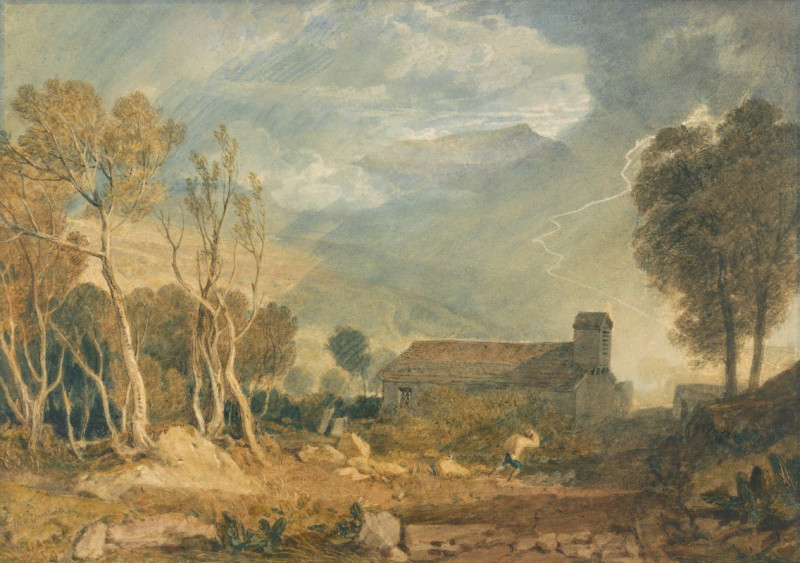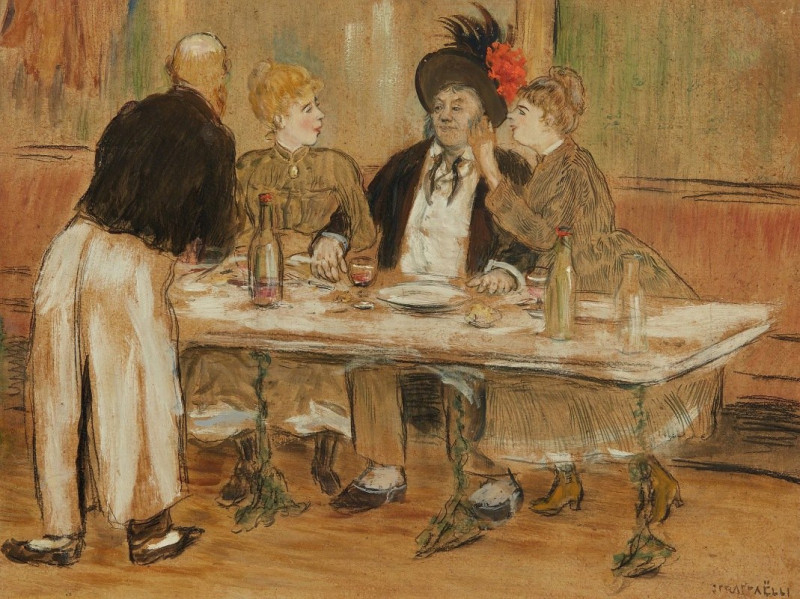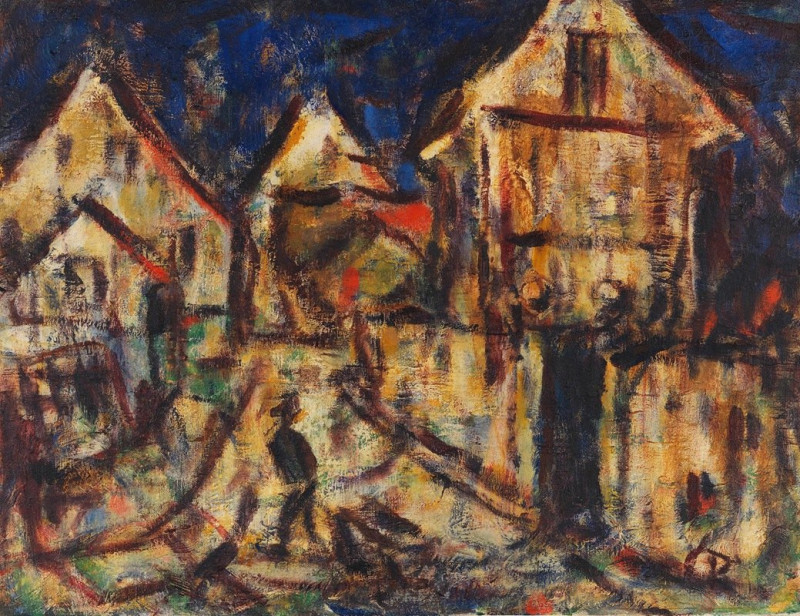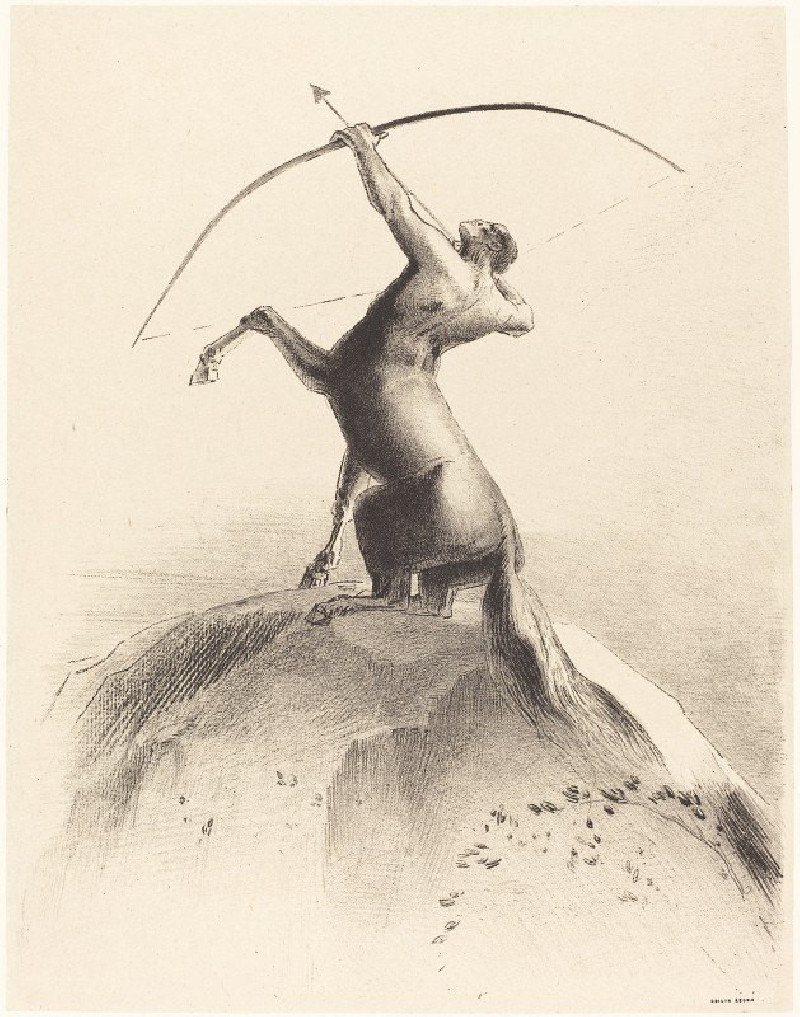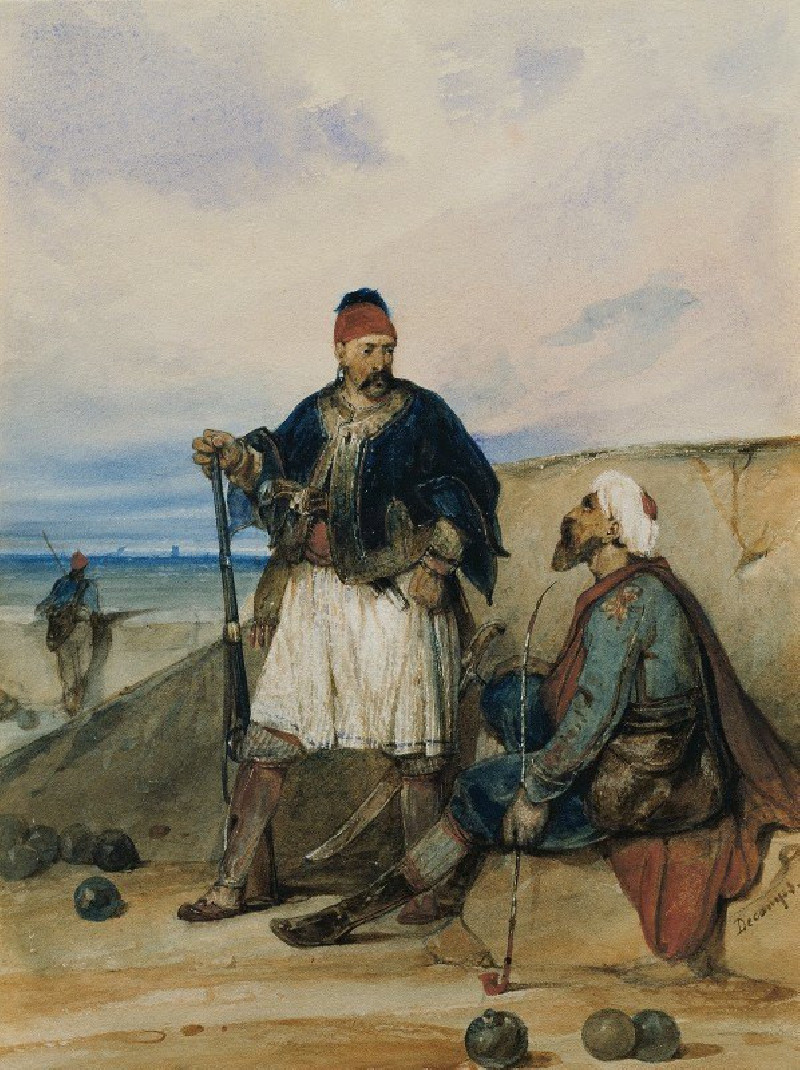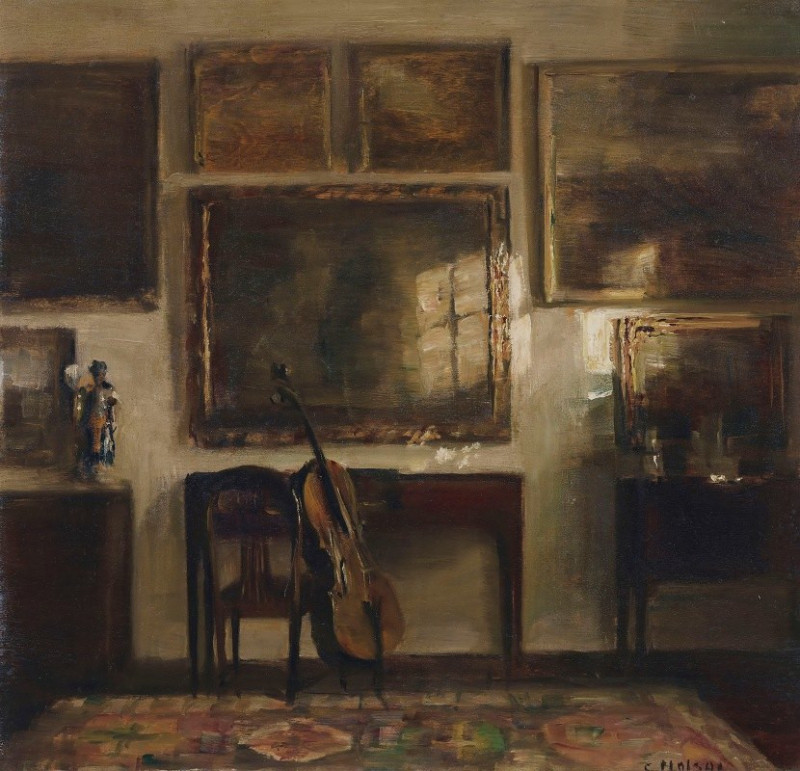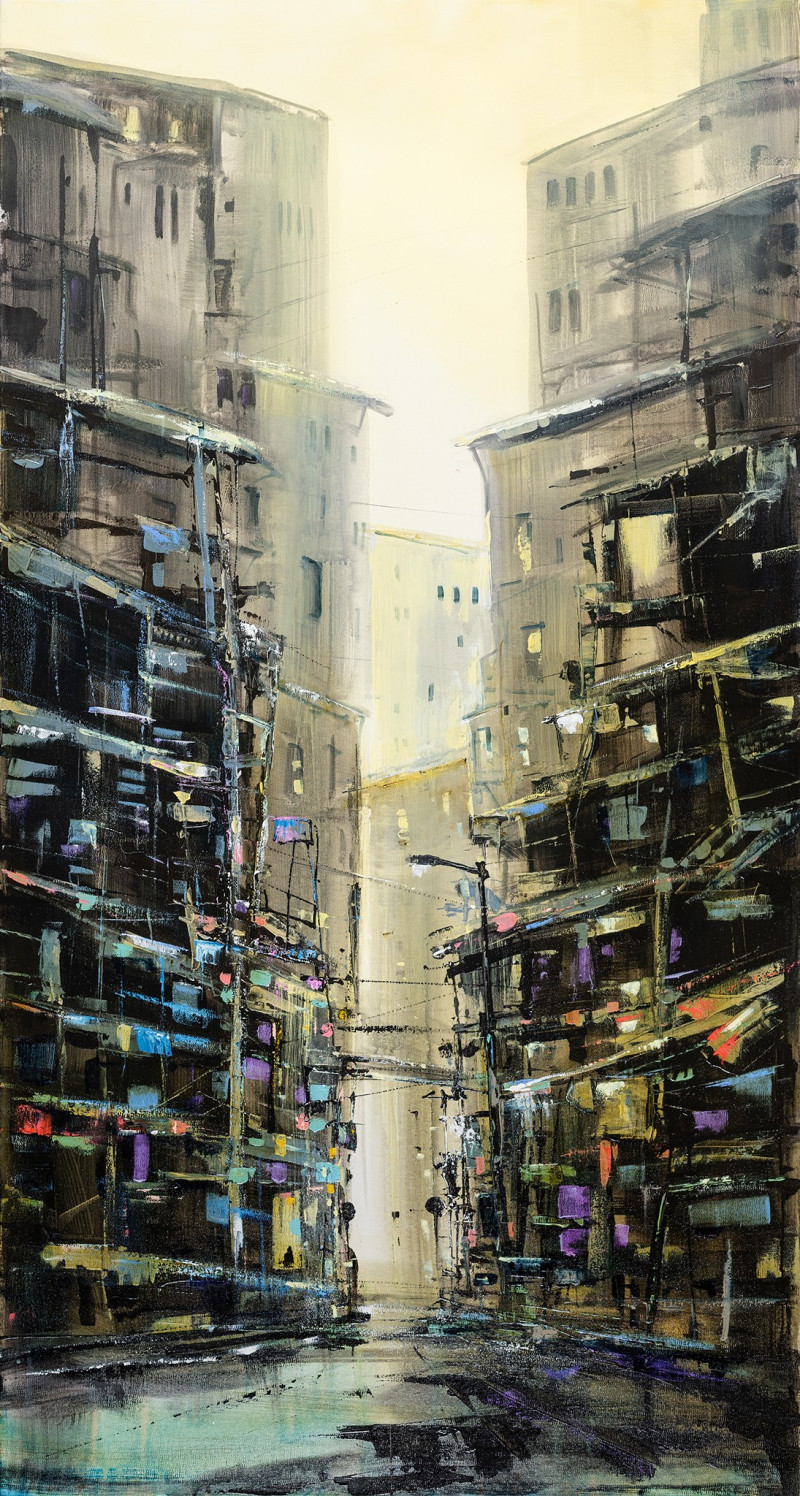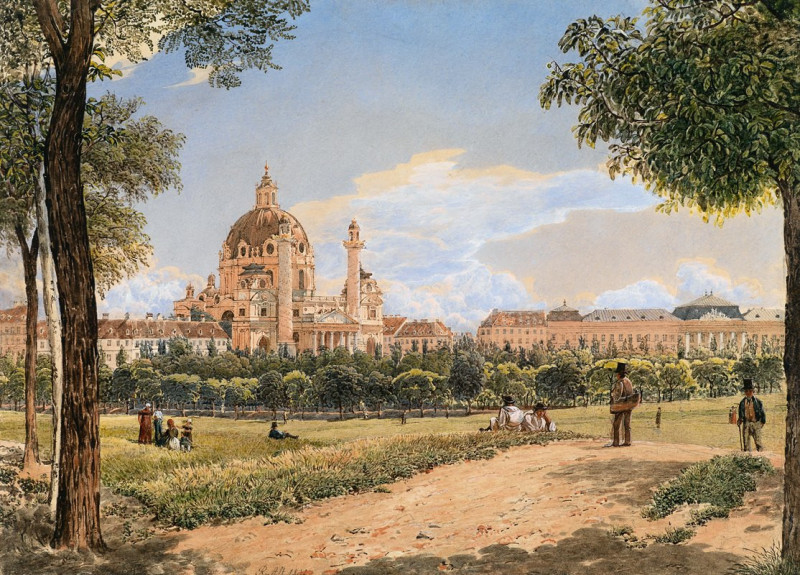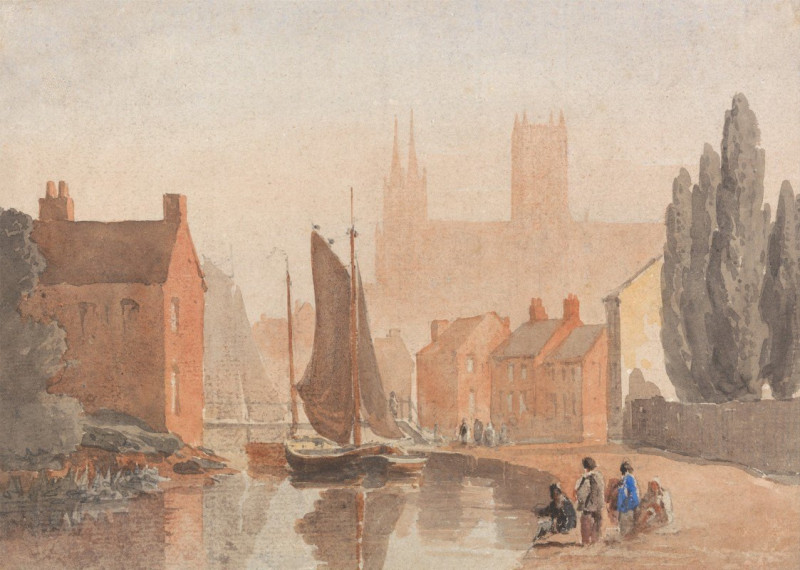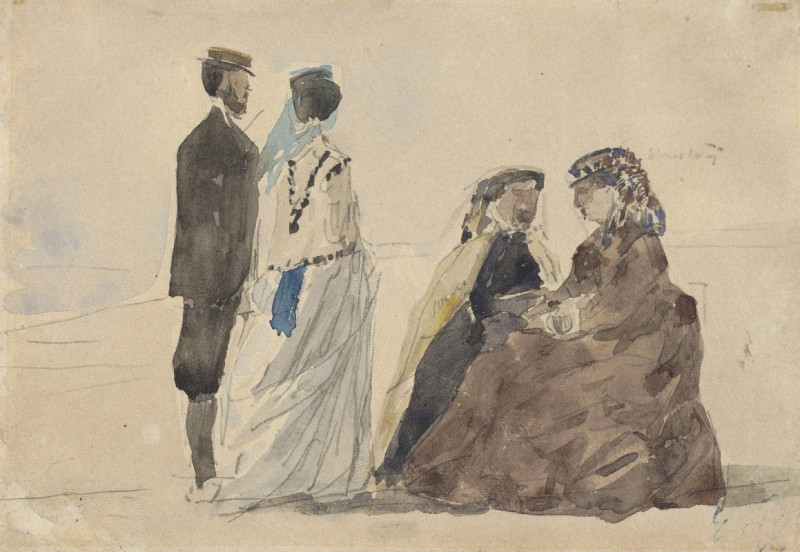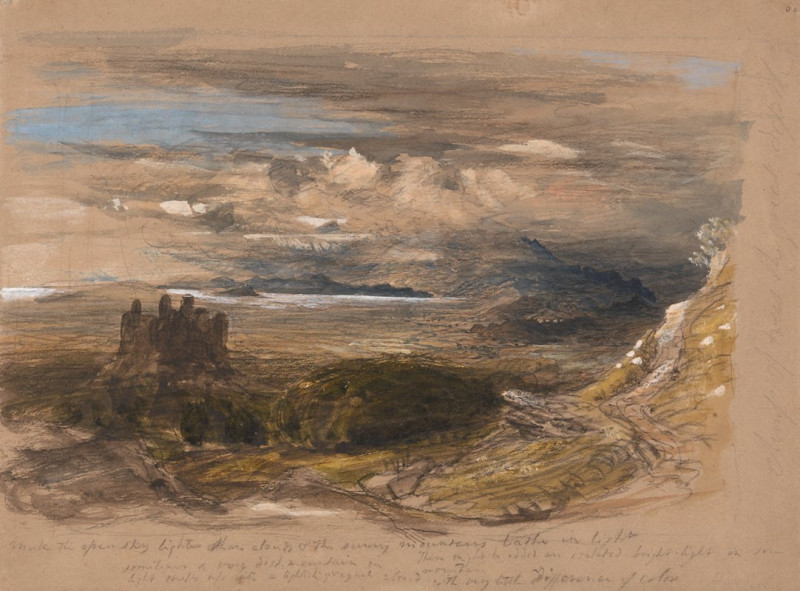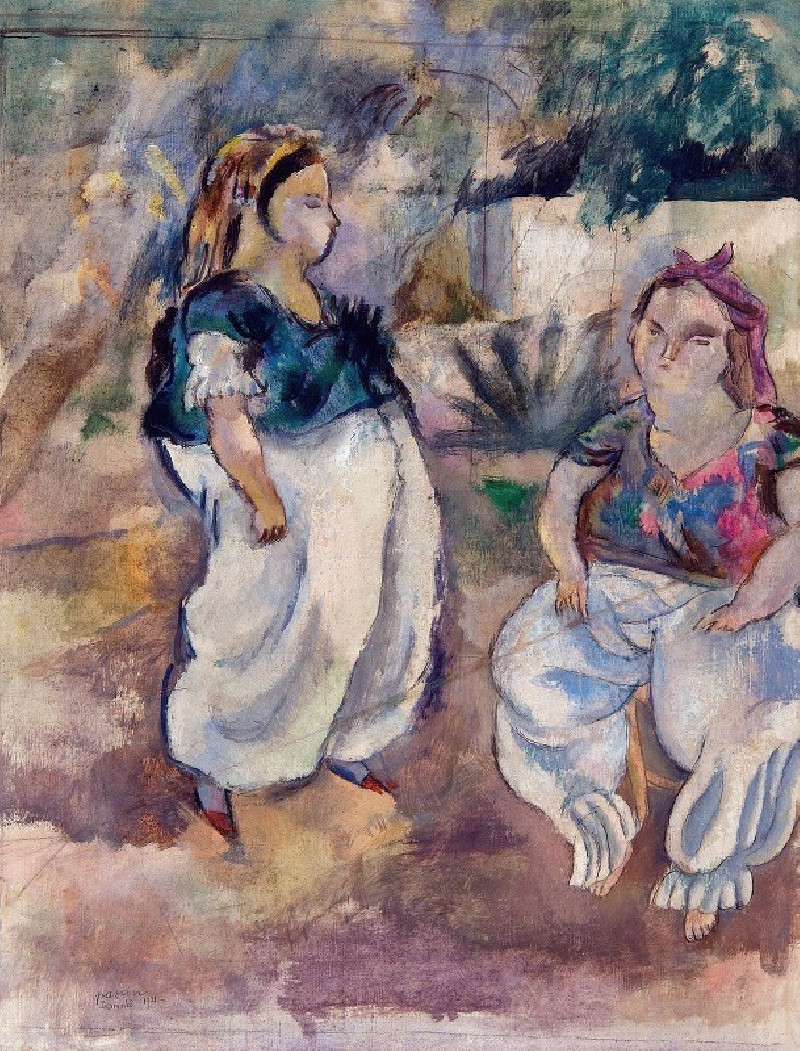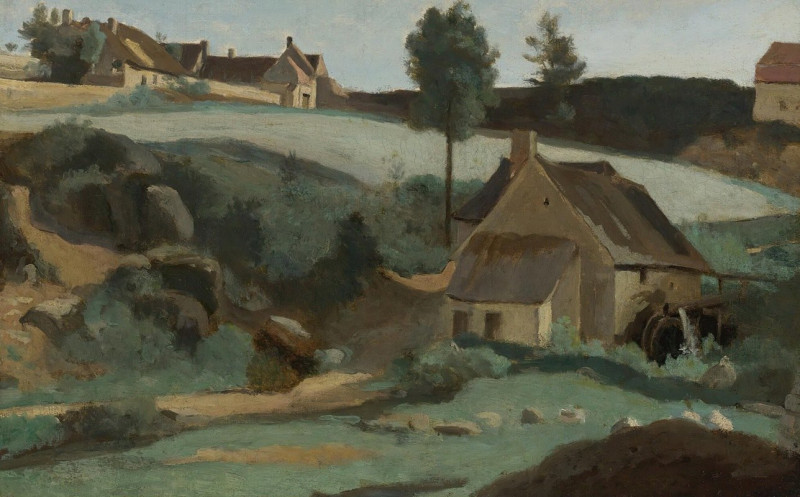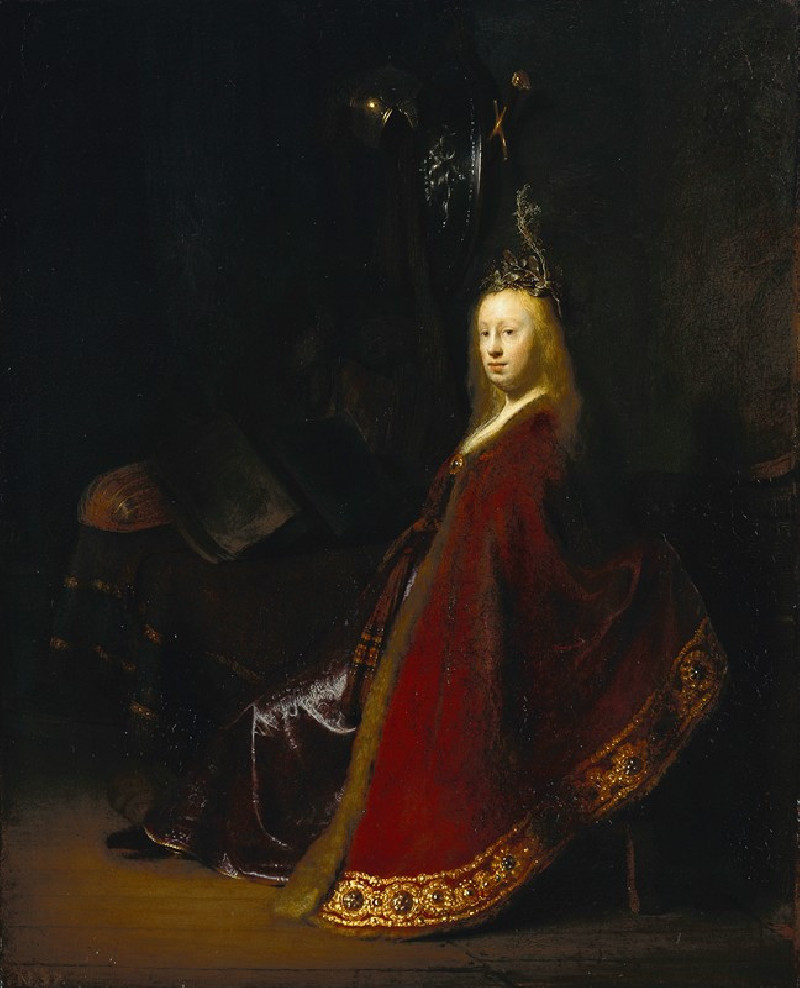Self-Portrait ca. (1620–21)
Technique: Giclée quality print
Recommended by our customers
More about this artwork
Anthony van Dyck's self-portrait, painted around 1620-21, is a fascinating study of the artist as a young man. In this work, we see van Dyck not merely as a painter, but as an eloquent subject of his own artistic inquiry. The portrait exhibits a relaxed yet confident van Dyck, draped in a flowing black robe that suggests both his artistic flair and the fashions of the period. His gaze meets the viewer's directly, imbued with the kind of immediate and penetrating intensity that characterizes so many of his portraits.The subtle interplay of light and shadow masterfully captures the texture of his robe and the soft youthful skin of his face. Van Dyck's hand, adorned with a ring, is gracefully poised on his chest, adding elegance to his pose. This gesture, coupled with his other hand resting softly on what appears to be a stone ledge, frames his figure and invites the viewer into his personal space, offering a glimpse into his world.This self-portrait not only showcases van Dyck's technical prowess and understanding of human anatomy but also serves as a personal statement of his self-perception and his status as an artist during the early 17th century.
Delivery
Returns
Sir Anthony van Dyck (1599 – 1641) was a Flemish Baroque artist who became the leading court painter in England after success in the Spanish Netherlands and Italy.
The seventh child of Frans van Dyck, a wealthy Antwerp silk merchant, Anthony painted from an early age. He was successful as an independent painter in his late teens, and became a master in the Antwerp guild in 1618. By this time he was working in the studio of the leading northern painter of the day, Peter Paul Rubens, who became a major influence on his work.

